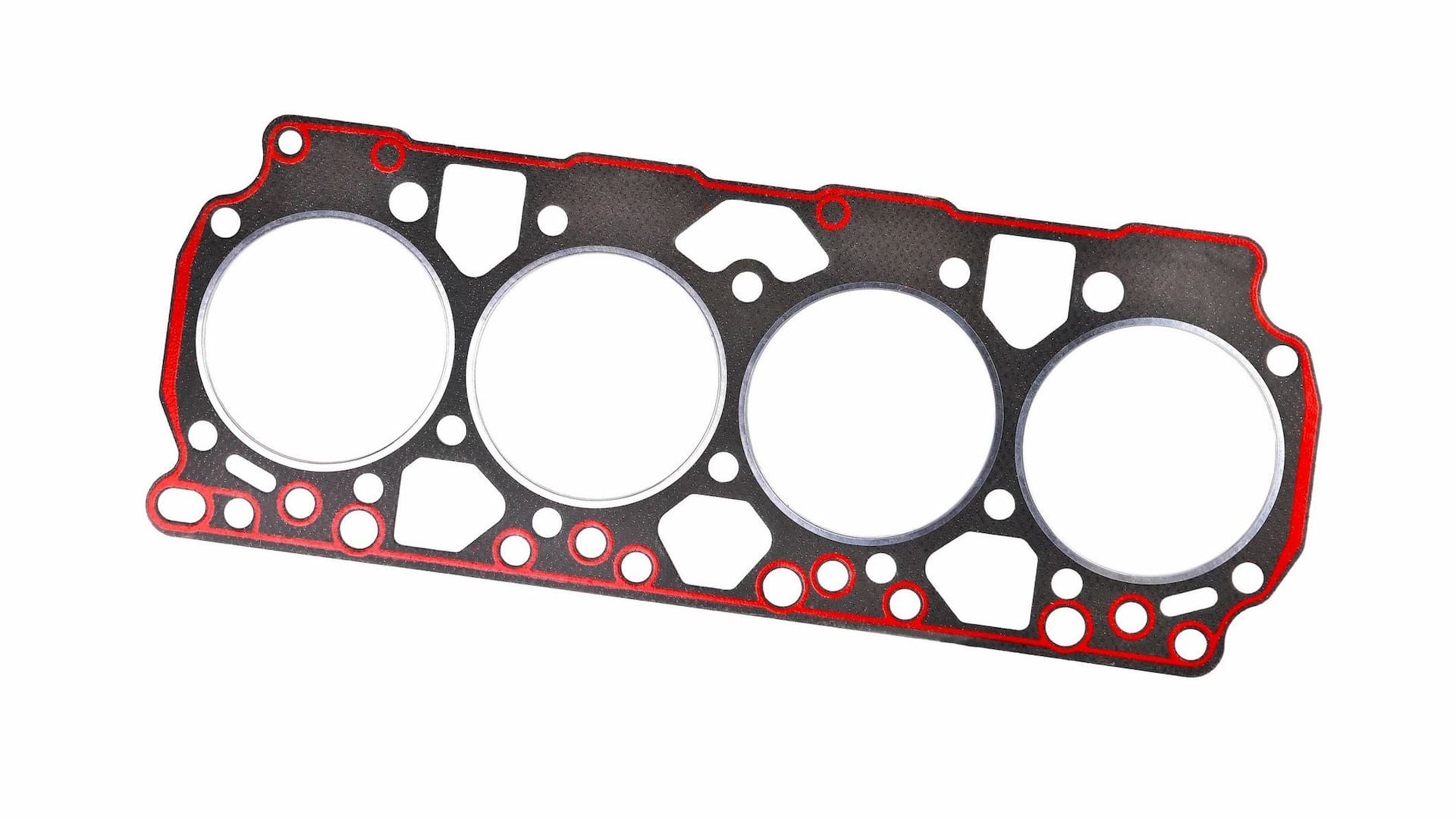The head gasket is a crucial component in an internal combustion engine. It sits between the engine block and the cylinder head, sealing the combustion chambers and ensuring the engine operates efficiently. In this complete guide, we’ll delve into the functions, symptoms of failure, replacement processes, and maintenance tips for head gaskets.
What is a Head Gasket?
A head gasket is a thin, flat piece of material, usually made from multilayer steel (MLS), composite, or other durable materials. Its primary function is to seal the combustion chamber, preventing leaks of coolant and engine oil, while also withstanding high temperatures and pressures generated within the engine.
Functions of a Head Gasket
- Sealing: It seals the combustion gases, preventing them from escaping into the engine block or the cooling system.
- Fluid Containment: It keeps oil and coolant separate to ensure proper engine function.
- Heat Resistance: The gasket must withstand extreme temperatures while maintaining its sealing properties.
Signs of a Failing Head Gasket
Recognizing the symptoms of a failing head gasket early can save you from costly repairs. Here are common signs to watch for:
- Overheating: An overheating engine can be a direct indication of a blown head gasket.
- Coolant Loss: If you notice a significant decrease in coolant levels without visible leaks, it may be leaking into the combustion chamber.
- White Smoke: White smoke from the exhaust indicates coolant burning in the combustion chamber.
- Oil Contamination: Milky or frothy oil may suggest that coolant is mixing with the engine oil.
- Bubbles in Radiator: Bubbles in the radiator or overflow tank when the engine is running can indicate combustion gases escaping into the coolant.
Causes of Head Gasket Failure
Understanding the potential causes of head gasket failure can help prevent issues:
- Overheating: Excessive heat can warp the cylinder head and damage the gasket.
- Poor Installation: Incorrect installation or using the wrong gasket can lead to premature failure.
- Engine Wear: General wear and tear on engine components can also compromise the integrity of the head gasket.
- Corrosion: Corrosive effects of coolant can deteriorate the gasket material over time.
Replacing a Head Gasket
Replacing a head gasket is a complex task that requires mechanical knowledge and experience. Here’s a step-by-step guide to the process:
Tools and Materials Needed
- Socket set
- Torque wrench
- Gasket scraper
- New head gasket
- Engine oil
- Coolant
- Service manual for your vehicle
Step-by-Step Replacement Process
- Preparation: Disconnect the battery and drain the engine coolant and oil.
- Remove Components: Take off the intake manifold, exhaust manifold, and any other components obstructing access to the cylinder head.
- Remove the Cylinder Head: Unbolt the cylinder head carefully in the reverse order of the tightening sequence outlined in the service manual.
- Clean Surfaces: Scrape off the old gasket material from the cylinder head and engine block surfaces, ensuring they are clean and smooth.
- Install New Gasket: Place the new gasket onto the engine block, aligning it correctly with the bolt holes.
- Reinstall Cylinder Head: Carefully position the cylinder head back onto the block and bolt it down following the proper torque specifications in the service manual.
- Reassemble Components: Reattach all components that were removed, ensuring all connections are secure.
- Refill Fluids: Refill the engine with oil and coolant as per the manufacturer’s recommendations.
- Test the Engine: Reconnect the battery and start the engine, checking for leaks and proper operation.
Maintaining Your Head Gasket
To extend the life of your head gasket, follow these maintenance tips:
- Regular Fluid Checks: Regularly check coolant and oil levels to avoid overheating and contamination.
- Use Quality Coolant: Invest in high-quality coolant to prevent corrosion and maintain engine temperatures.
- Monitor Engine Temperature: Keep an eye on the engine temperature gauge and address any overheating issues promptly.
- Follow Maintenance Schedule: Adhere to your vehicle’s maintenance schedule for oil changes and other services.
The head gasket is a vital component of your vehicle’s engine, playing a significant role in its overall performance. By understanding its functions, recognizing symptoms of failure, and knowing how to replace and maintain it, you can ensure your engine runs smoothly and efficiently. If you suspect a head gasket issue, don’t hesitate to consult a professional mechanic for a thorough inspection and repair.

